Hello Guys... How are you today?
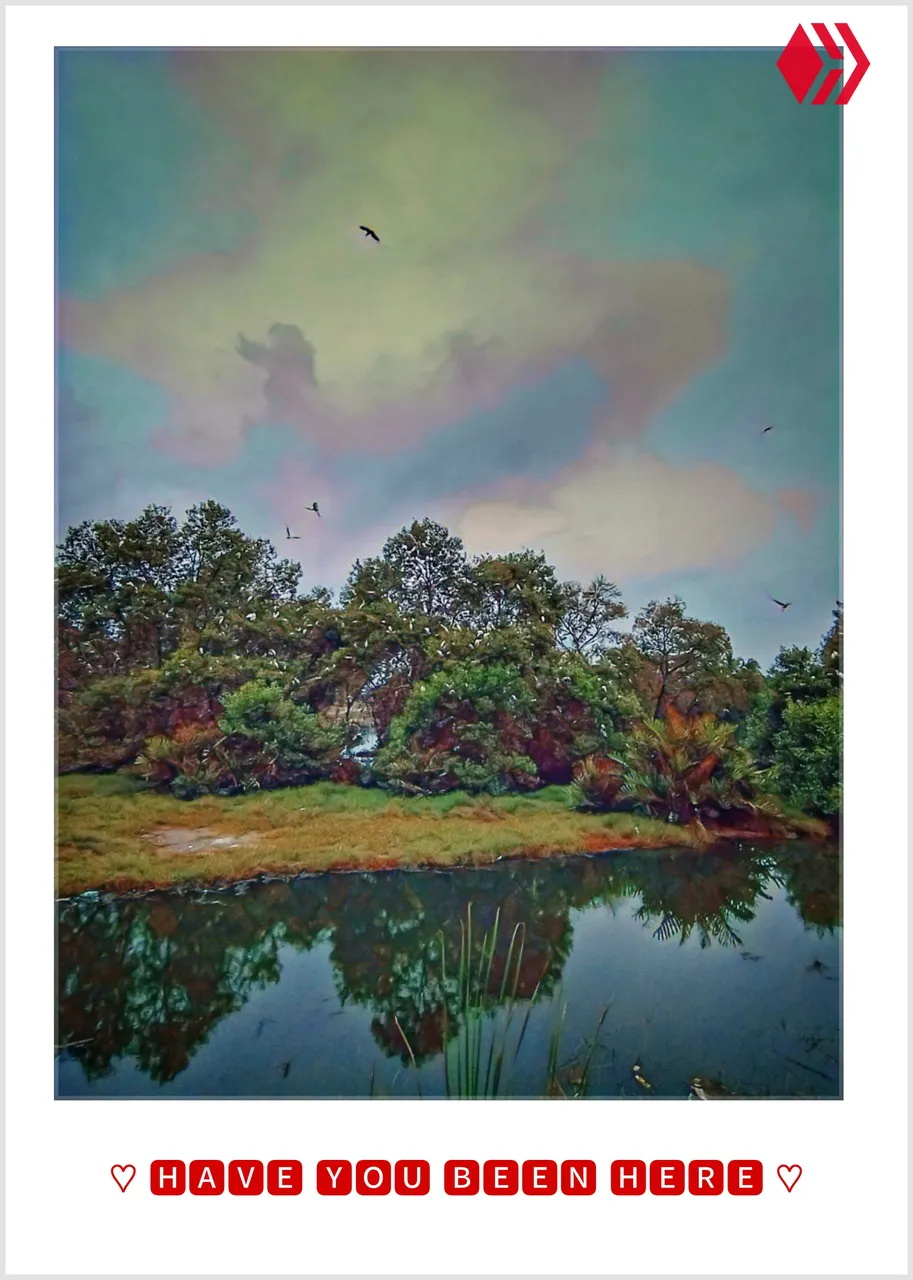
Did you know, the city where we live has certain uniqueness, in the midst of technological advances like today our city still upholds the surrounding environment or appreciates life around it including wild habitats that are in an urban position.
If in other areas that are still in an urban environment there are no more locations that appear to be wild habitats, they will be moved to another location with the aim of building city buildings in accordance with the urban planning itself or to create population density. Then the wild habitat itself or certain habitats will naturally be moved to a certain location away from the hustle and bustle of the city.
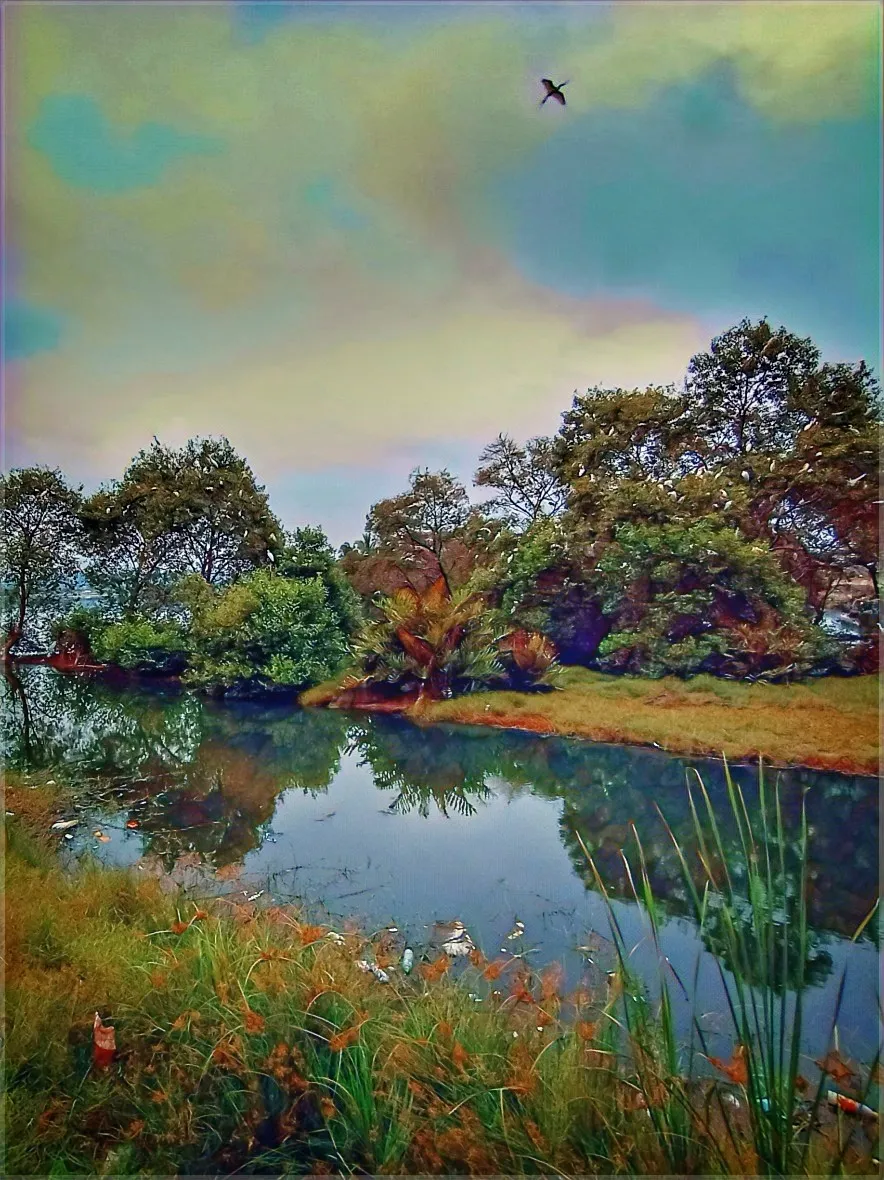
(1. Location of the Pusong Lhokseumawe Aceh reservoir)
Unlike our city, in that area there is a village that is still natural, meaning that it has not been touched by a high character development or touched by a large factory like in other cities. The village is called Pusong Lama Lhokseumawe Aceh Village, which is about 500 meters or more from the center of the mayor's government itself, meaning that the location is located on the outskirts of the city or close to the Indian Ocean. You can check it on one of the Google maps or on pinmapple, you just type Pusong Lhokseumawe Aceh Indonesia of course you will see that location.
If you are standing in the city center or to be precise in the middle of the city government office of Lhokseumawe Aceh facing west, the location of the village of Pusong Lama Lhokseumawe Aceh is on the left or to the south.
Uniquely where?
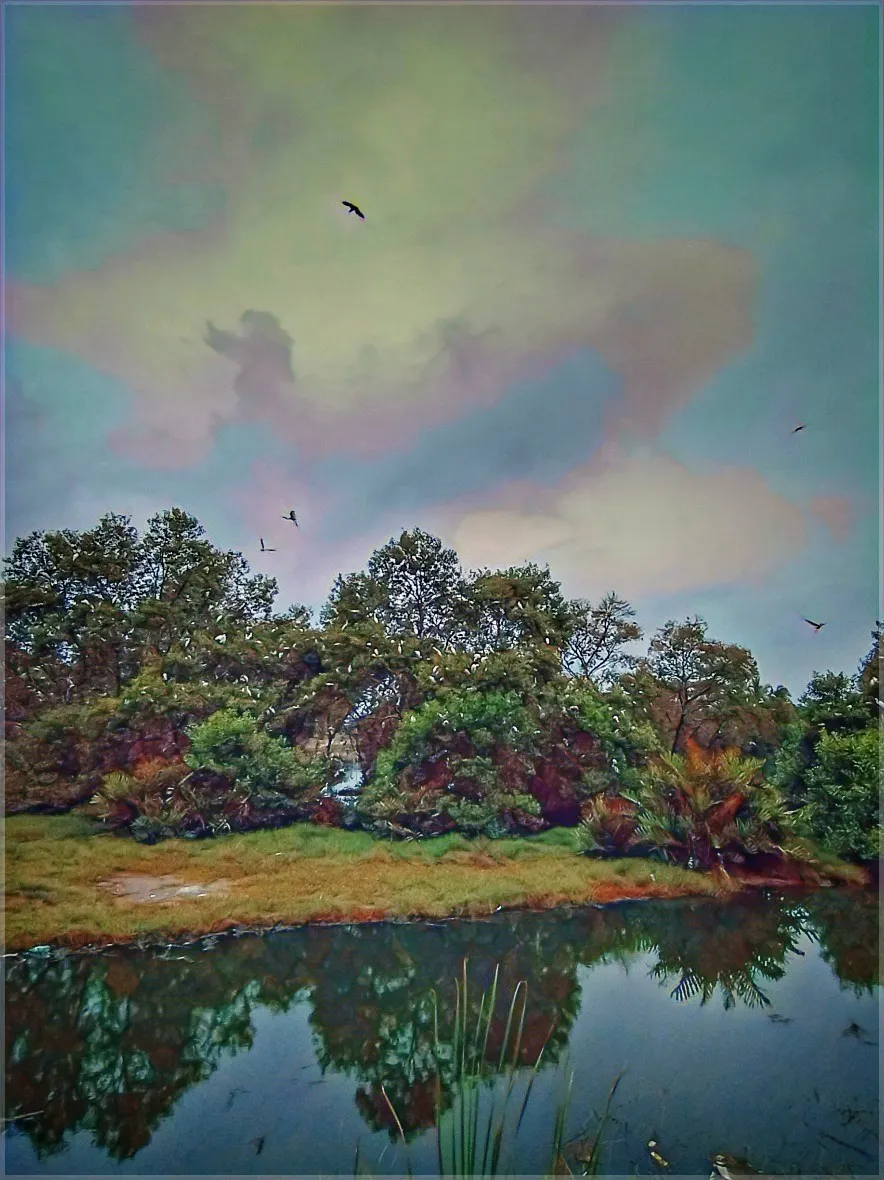
(2. Location of the Pusong Lhokseumawe Aceh reservoir)
Because in the village, which is located next to the city center, there is one very natural location, if you visit that area you will see all the wild habitats that inhabit the area.
In this environment, there is a large dam with a large size measuring approximately 5 hectares with an oval shape. People around the city call the Pusong Reservoir as a storage place for rainwater and also function for other community activities.
In this vast location, hundreds of mangrove trees have grown to the same level as a 5-story building. The trees grow in rows lengthwise on each edge of the reservoir which are oval in shape regularly following the walls of the reservoir which has a size of 3 meters.

(3. Location of the Pusong Lhokseumawe Aceh reservoir)
Well, the focus of our story here is on the mangrove tree itself. Mangrove trees that grow in saltwater estuaries are a nest for wild habitats, including flying animals, reptiles, and even other aquatic animals that have lived and reproduced for decades.
One of the interesting things here is that there are thousands of birds or other birds that make their nests in the trees. Things that are very clearly visible both day and night are the cranes of various species, such as :
| 1 | Black stork, Ndao or Stork Sandang-lawe | Ciconia episcopus |
|---|---|---|
| 2 | Abdim's Stork | Ciconia abdimii |
| 3 | Oriental White Stork | Ciconia boyciana |
| 4 | Swamp Forest Stork, Storm Stork | Ciconia stormi |
| 5 | Black Stork | Ciconia nigra |
However, unfortunately the cranes mentioned above have disappeared by themselves when a natural disaster occurred on Sunday, December 26, 2004, decades ago. But now replaced by a crane :
| 1 | Medium-sized white heron |
|---|---|
| 2 | Red-headed white heron |
| 3 | Burung bangau rawa (Bacouh) |
| 4 | Flamingo |
| 5 | and several other swamp birds |
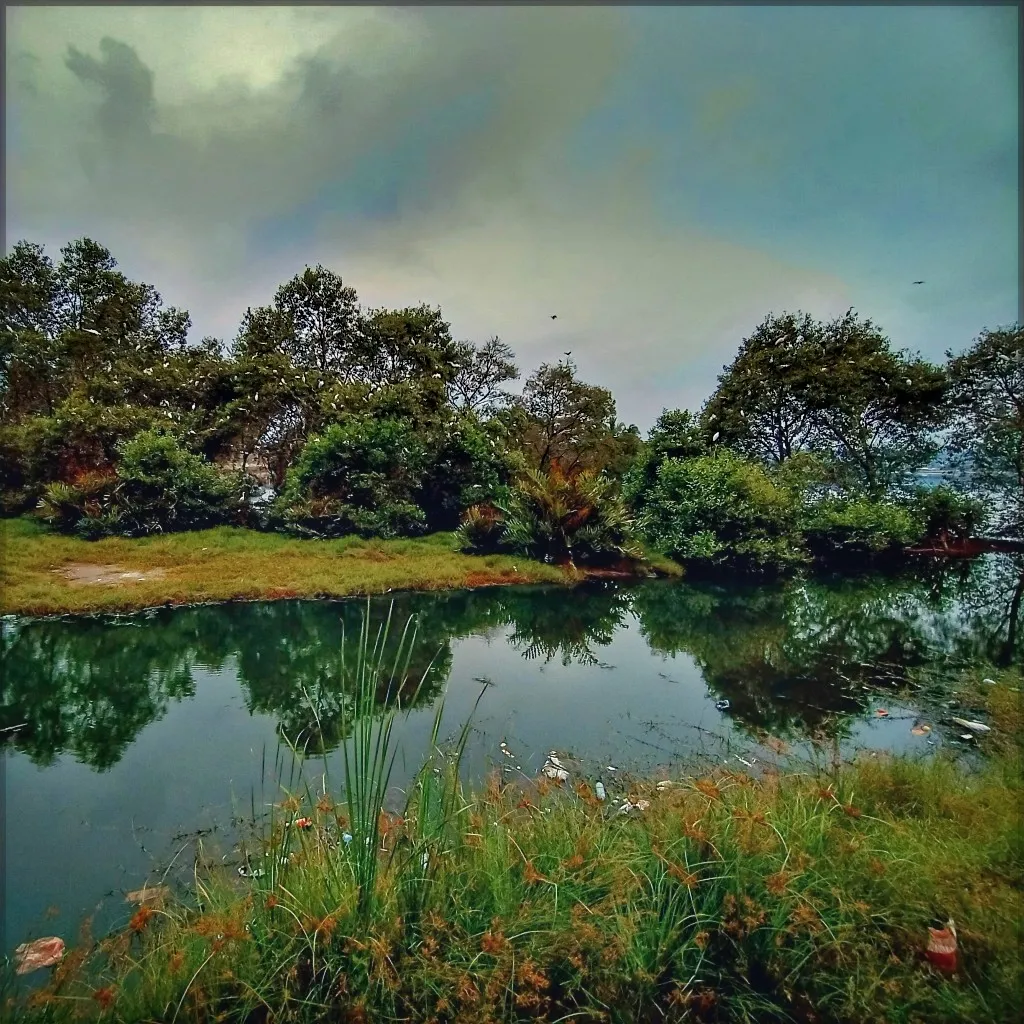
(4. Location of the Pusong Lhokseumawe Aceh reservoir)
Based on reports from the local village head, there are around thousands of cranes that are protected by the village government itself, and cannot be hunted by anyone, if anyone will hunt them wildly then they will be sanctioned by village officials or the government in charge
With this guarantee, each crane itself is free to walk or carry out its daily activities anywhere, as long as it is still in its respective territory. Uniquely, each year the number continues to increase with various species coming from across the ocean or in areas that have the potential to become habitats.
If it is in the afternoon, their activities will be a spectacle for every city citizen who visits the area. Community components who come from various parties, both nature lovers, photographers, and others, use this location to be used as a photo object and others.
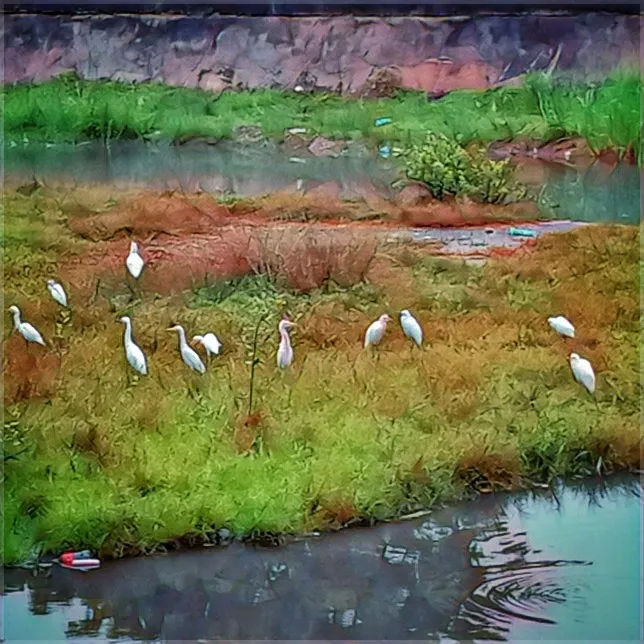
(5. Location of the Pusong Lhokseumawe Aceh reservoir)
I myself, as a city resident, also visit this area very often, because in that location there are so many special things to see the sunset with the flight of cranes returning to their nests.
But unfortunately, I don't have a sophisticated camera or one capable of capturing distant objects, such as the activity of cranes flying around a sunset that is sinking towards the west.
I only have a personal smartphone that is capable of capturing close objects so I am unable to present the images as mentioned above.
However, I am very happy to be able to take a photo from several angles of the picture where there are several mangrove trees with some cranes flying over them, even though it can't produce high zoom but I have some pictures about it.
This is my unspoiled village whose location is still in an urban area, and what makes me happy, bird of cranes can still breed safely in the vicinity of human settlements.

Hopefully you are entertained...
Description or explanation of writing and photos
| Post title | My city still has wild habitat |
|---|---|
| Photo source | One's own |
| Photografer | @𝘀𝗼𝗲𝗵𝗮𝗱𝗮 |
| Photo taking location | Lhokseumawe, Aceh |
| Source of writing | Own idea |
| Camera photo | Smartphone type Vivo Y12 |
𝓨𝓸𝓾 𝓬𝓪𝓷 𝓼𝓮𝓮 𝓶𝓮 𝓱𝓮𝓻𝓮
𝔗𝔴𝔢𝔱𝔱𝔢𝔯 𝔉𝔞𝔠𝔢𝔟𝔬𝔬𝔨 𝔏𝔦𝔫𝔨𝔢𝔡𝔩𝔫
